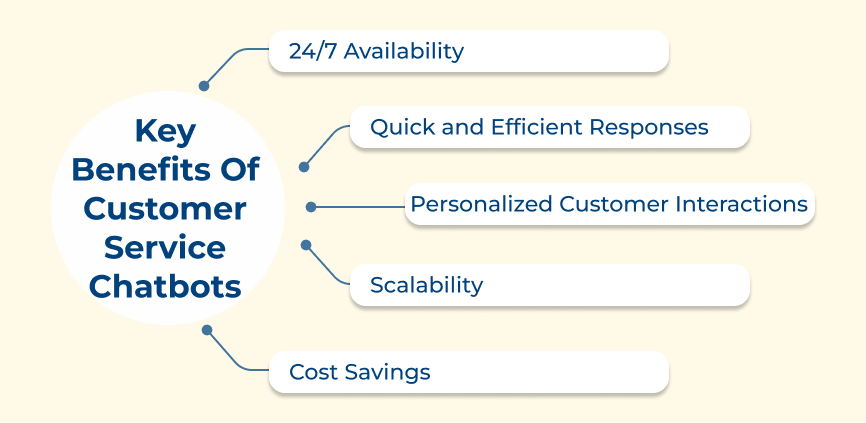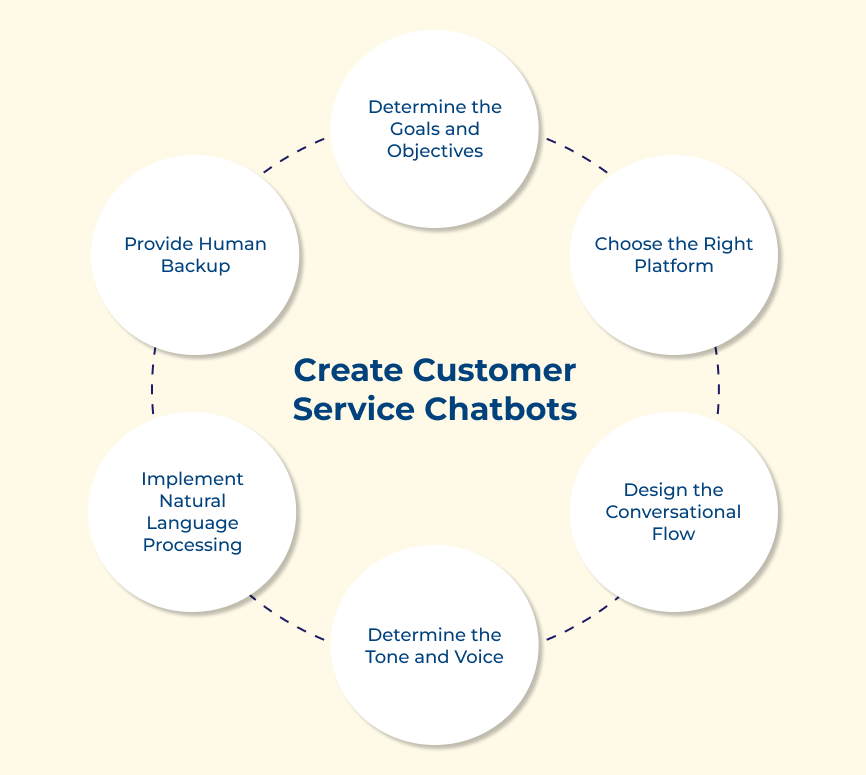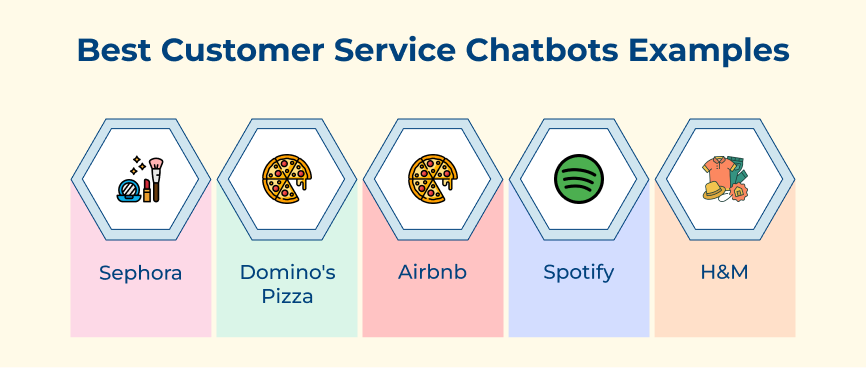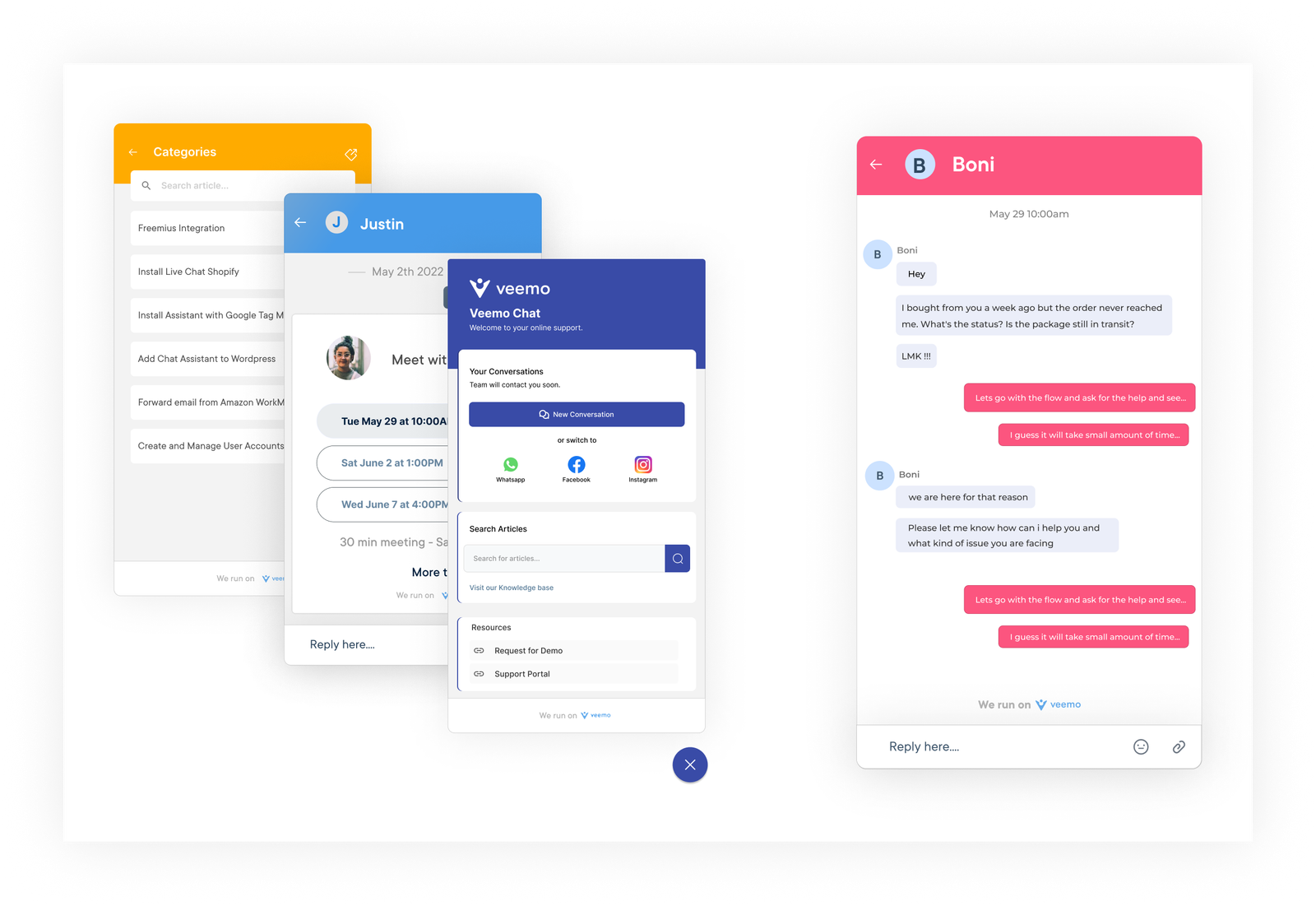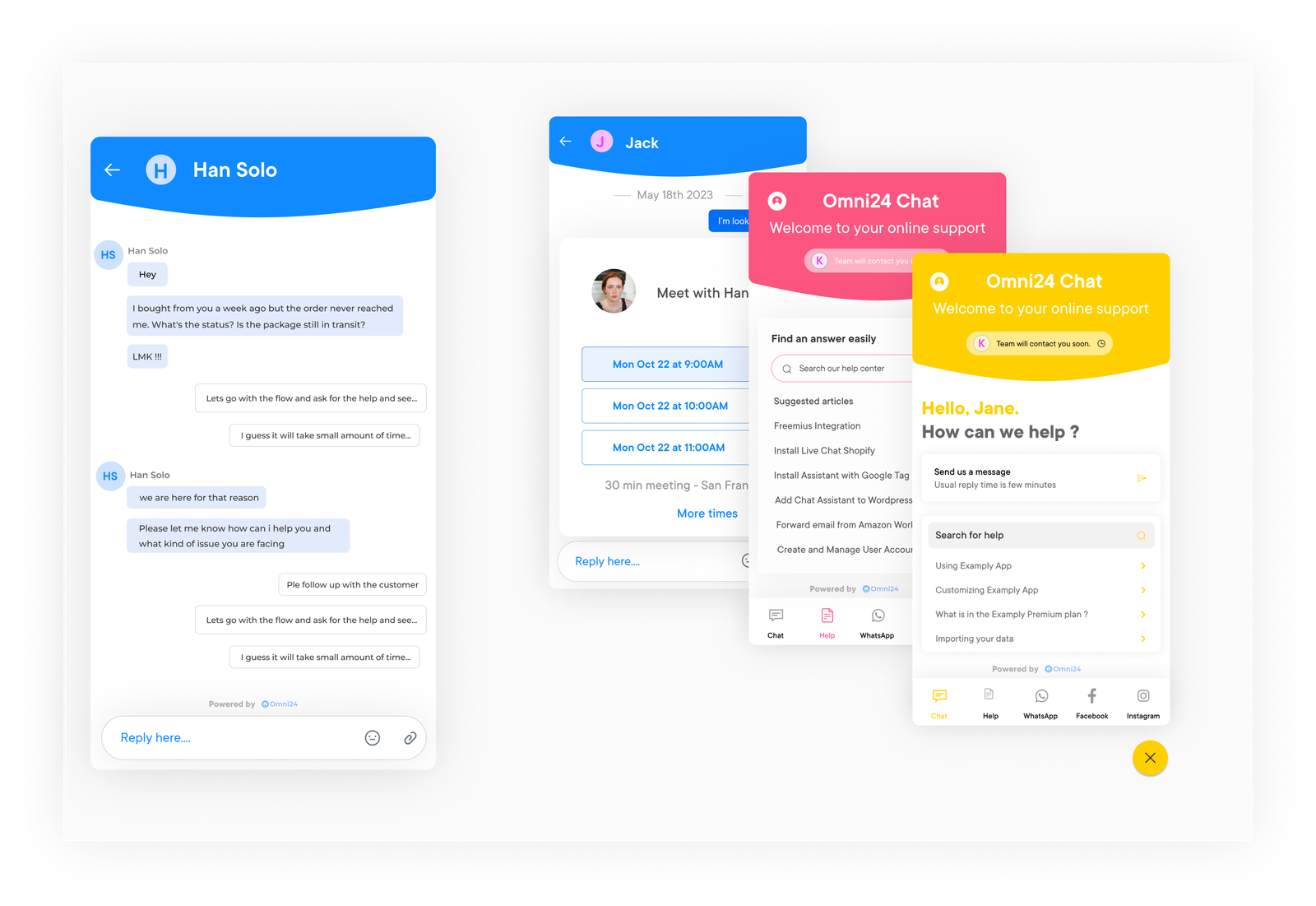1. Provide Customer Support in Multiple Languages
One essential strategy that can significantly enhance customer support is assisting in multiple languages. It allows businesses to demonstrate their commitment to inclusivity and accommodating the needs of customers from various cultural backgrounds. The approach helps to build loyalty among customers, leading to increased customer satisfaction and improved overall brand reputation.
Imagine an online retail company that operates internationally. They integrate AI customer support chatbots capable of understanding and responding in multiple languages. It allows companies to provide round-the-clock customer support to its diverse customer base. Whether a customer is in China or Germany, they can receive immediate assistance.
Pro tips:
- Utilize professional translation services to ensure the chatbot accurately understands and responds in different languages.
- Tailor the chatbot’s responses to reflect the cultural nuances and context of each language, providing a personalized experience to customers.
- Monitor customer interactions to identify areas for improvement and refine the chatbot’s language capabilities over time.
2. Answer Repeat FAQs and Save Your Team Time
“Answer repeat FAQs and save your team time” is a powerful strategy that leverages AI technology to improve the business by utilizing a customer service chatbot. The strategy involves creating customer support chatbots capable of answering frequently asked questions (FAQs) and handling common inquiries from customers. It not only increases productivity and efficiency but also enhances the overall customer experience.
Imagine a clothing retailer that receives hundreds of inquiries every day regarding sizing, shipping and returns. Implementing a customer service chatbot that can effectively address the FAQs allows retailers to significantly reduce the workload of their customer service team while ensuring that customers receive prompt responses.
Pro tips:
- Regularly update and refine the chatbot’s responses to improve its effectiveness.
- Provide an option for customers to escalate to a human agent if their query requires personalized assistance.
- Monitor the chatbot’s performance and collect data to continuously optimize its performance.
3. Gather Customer Demographic Information
An effective way to gather customer demographic information is through an AI customer service chatbot. Understanding the demographics of the customer base allows businesses to tailor their solutions to meet their specific preferences. The targeted approach leads to improved customer satisfaction, eventually resulting in increased sales and profitability.
Let’s consider an e-commerce business that sells skincare products. The company can collect demographic information such as age and skin type by implementing AI customer service chatbots. The data obtained can be used to create personalized recommendations for customers, suggesting the most suitable products based on their specific needs.
Pro tips:
- Ensure the chatbot is user-friendly and non-intrusive, making it easy for customers to provide the necessary information.
- Make sure to prioritize data security and adhere to privacy regulations to build trust with the customers.
- Continuously update the gathered data to adapt your strategies and offerings accordingly.
4. Personalized Shopping Support
Personalized shopping support has become an essential strategy for businesses in the era of AI and chatbots. 64% of businesses trust chatbots to provide personalized customer support. The chatbot can provide tailored recommendations, answer queries and assist customers throughout the customer journeys by leveraging customer data. It not only saves time for customers but also enhances their overall shopping experience, increasing customer satisfaction.
A fashion retailer can use personalized shopping support to recommend outfits based on a customer’s body type, style preferences and previous purchases. The approach not only makes the customer feel valued but also increases the chances of making a successful sale. The chatbot can provide instant assistance, guiding the customer through the purchase process and addressing any concerns or questions they may have.
Pro tips:
- Continuously update customer data to ensure accurate recommendations.
- Use natural language processing to understand customer queries and provide relevant responses.
- Integrate the chatbot seamlessly with other customer touchpoints to provide a consistent experience.
5. Convert Deals and Upsell
Using AI customer service chatbot to convert deals and upsell has become one of the widely used business strategies. Businesses can automate their customer service process by employing an AI chatbot, ensuring that every customer query is promptly addressed. It leads to increased customer satisfaction and higher conversion rates.
An excellent example of the strategy in action is a clothing retailer utilizing an AI customer service chatbot. When a customer visits their website and has a question about sizing or fabric, the chatbot steps in to provide accurate answers in real-time. The chatbot can also recommend similar products and highlight any ongoing promotions or discounts, increasing the chances of upselling.
Pro tips:
- Train the chatbot to understand and respond to customer queries accurately.
- Personalize responses and recommendations based on the customer’s purchasing history.
- Offer exclusive deals or incentives to customers who are considering upgrading their purchase.
6. Anticipate Trends
Anticipating trends is a powerful strategy that can greatly benefit the business, especially when implemented through customer support chatbots. The strategy involves staying ahead of the curve and predicting upcoming trends in the industry, allowing you to tailor the business operations accordingly. Anticipating trends enables businesses to proactively respond to changing customer demands and preferences.
An example of how an AI customer service chatbot can utilize the strategy is by monitoring online conversations and analyzing customer data. It enables the chatbot to identify emerging trends such as popular topics or frequently asked questions. The information can then be incorporated into its responses, providing customers with relevant and up-to-date information.
Pro tips:
- Keep up with industry news, market research and customer feedback to identify potential trends.
- Stay active on social media platforms to understand what customers are talking about and identify emerging trends.
- Encourage the team to think outside the box and explore new ideas that align with anticipated trends.
7. Book In-Store Appointments
Book in-store appointments is a strategy by which customer service chatbots can improve the business. While online shopping has gained popularity, there is still a significant portion of customers who prefer to make purchases in person. Businesses can cater to the customers’ needs and provide them with a seamless experience by offering the option to book in-store appointments through a chatbot.
Think of a clothing retailer with an AI chatbot installed on their website. A customer browsing their online catalog can simply initiate a chat and ask the chatbot to book an appointment to try on specific items in-store. The chatbot can then provide available time slots and finalize the booking, ensuring that the customer receives personalized attention upon their visit.
Pro tips:
- Integrate the chatbot with your appointment scheduling system to ensure accurate and up-to-date availability.
- Customize the chatbot’s responses to provide relevant information about the in-store experience, such as parking options or special services.
- Follow up with customers after their in-store appointment to gather feedback and further enhance their experience.
How to Create Customer Service Chatbots?
Let’s understand how businesses can create customer service chatbots that enhance support, boost engagement and streamline customer interactions effortlessly!






